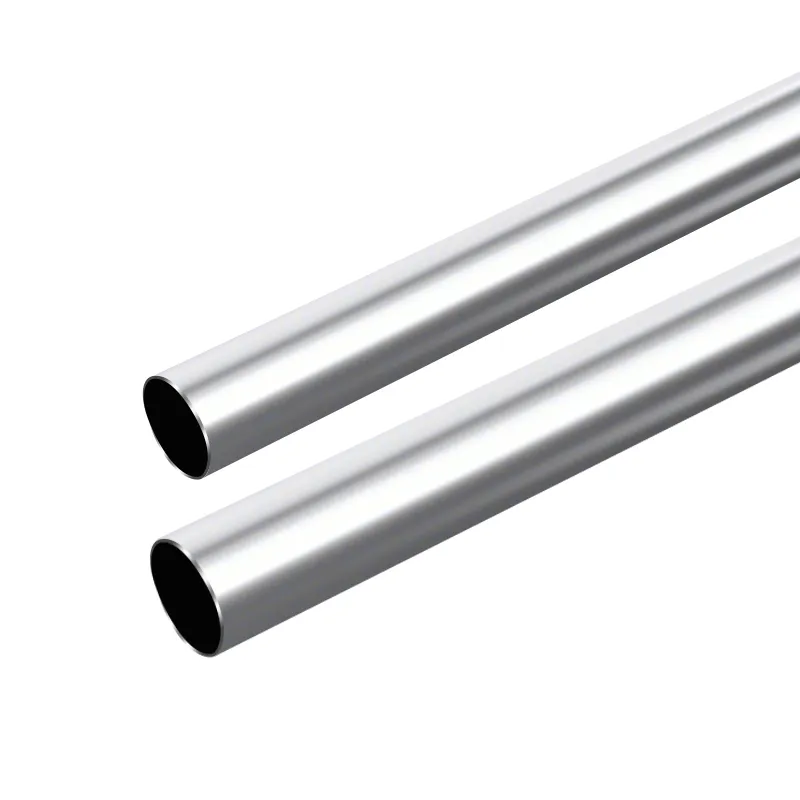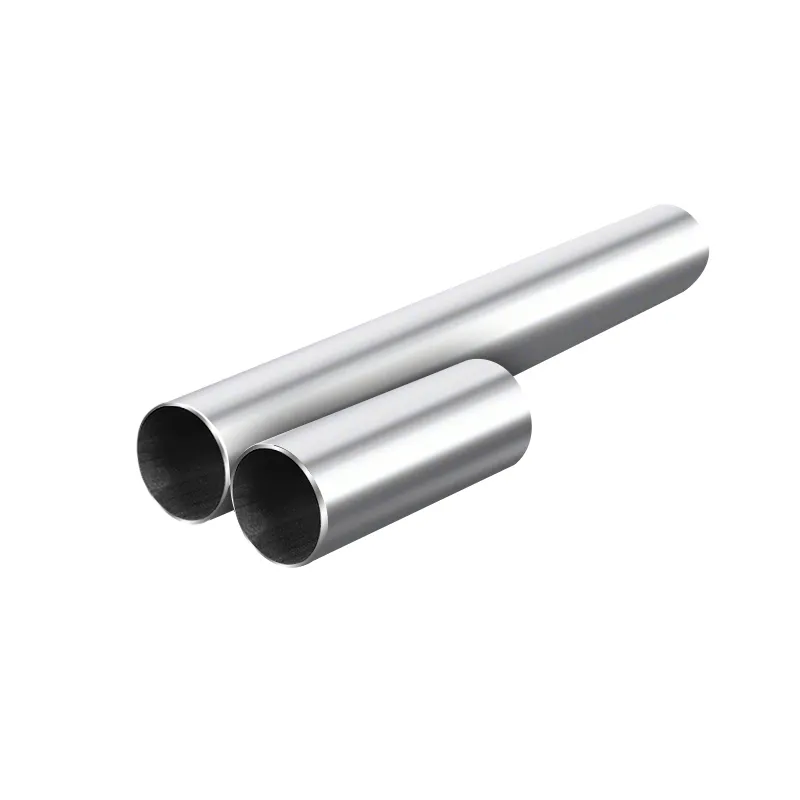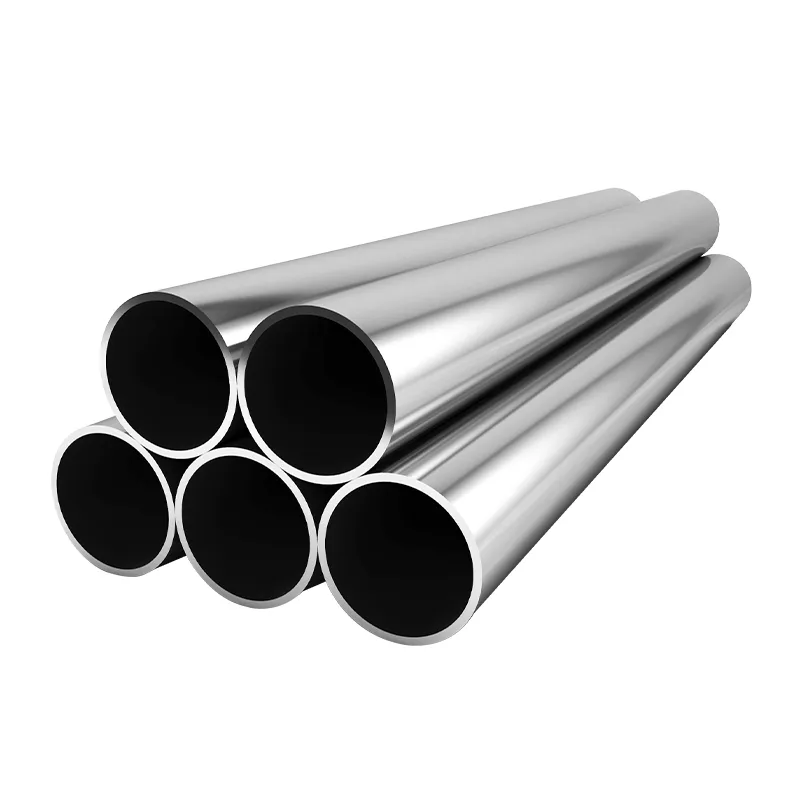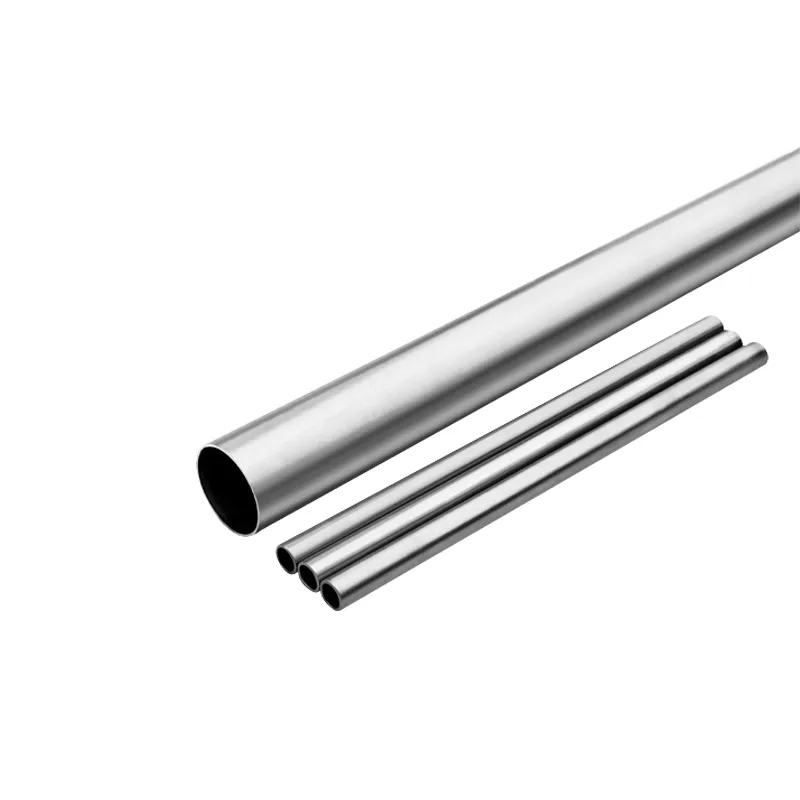In the realm of industrial automation and fluid power systems, the Cylinder stands as a foundational component, converting fluid pressure into linear or rotary mechanical force. Essential for a myriad of applications, from heavy machinery to precision manufacturing, the reliability and performance of a cylinder directly impact operational efficiency and safety. This comprehensive overview delves into the intricate world of modern cylinders, exploring their manufacturing processes, technical specifications, diverse applications, and the strategic advantages they offer to B2B stakeholders.
Our focus is on delivering insights that empower engineers and procurement specialists to make informed decisions, ensuring optimal system design and longevity. We will discuss critical industry trends, robust technical data, and real-world application scenarios, emphasizing the paramount importance of quality and customization in today's demanding industrial landscape.
The production of a robust and reliable Cylinder involves a meticulous multi-stage process, integrating advanced engineering and stringent quality control. This ensures each unit meets the demanding performance criteria of industrial applications. Below is a detailed breakdown of the typical manufacturing workflow:
The foundation of a durable Cylinder begins with the selection of high-grade materials. For cylinder barrels, cold-drawn seamless steel tubes (e.g., ST52, E355, 20#) are often chosen for their superior strength, surface finish, and dimensional accuracy. Piston rods commonly utilize chrome-plated carbon steel or alloy steel (e.g., C45, 40Cr, stainless steel 304/316) for enhanced hardness, corrosion resistance, and reduced friction. Seals are critical and selected based on fluid compatibility, temperature range, and pressure, typically from NBR, FKM (Viton), PTFE, or polyurethane.
In a clean room environment, the machined components—barrel, piston rod, piston, cylinder heads (clevis, trunnion, flange mounts), and seals—are meticulously assembled. Proper torquing of fasteners and precise alignment are paramount to prevent leaks and ensure smooth operation.

Figure 1: Precision machining for hydraulic cylinder components.
High-quality cylinders are indispensable across diverse heavy industries including:
In these scenarios, advantages like energy saving (through efficient design and low friction seals), superior corrosion resistance (via specialized coatings and materials), and extended service life contribute significantly to lower total cost of ownership (TCO) and improved operational uptime.
The industrial Cylinder market is continuously evolving, driven by demands for higher efficiency, greater intelligence, and enhanced sustainability. Key trends include:
Modern cylinders offer distinct technical advantages that translate into significant operational benefits:
Selecting the appropriate Cylinder requires a thorough understanding of its technical specifications. The following table outlines typical parameters for a standard heavy-duty hydraulic cylinder.
| Parameter | Description | Typical Range/Value |
|---|---|---|
| Bore Diameter | Internal diameter of the cylinder barrel. | Ø25 mm to Ø500 mm+ |
| Rod Diameter | Diameter of the piston rod. | Ø12 mm to Ø350 mm+ |
| Stroke Length | Maximum linear travel of the piston. | 50 mm to 10,000 mm+ |
| Working Pressure | Recommended maximum operating pressure. | 16 MPa (160 bar) to 70 MPa (700 bar) |
| Proof Pressure | Pressure sustained without permanent deformation. | Typically 1.5 - 2.0 x Working Pressure |
| Temperature Range | Operating ambient and fluid temperature. | -20°C to +80°C (standard), up to +200°C (special) |
| Mounting Style | Method of attachment (e.g., Tie-rod, Flange, Trunnion, Clevis). | ISO 6020-2, ISO 6022, NFPA |
| Materials | Barrel: ST52, E355, 20#, 45# steel. Rod: C45, 40Cr, Stainless Steel. | Specific grades for durability/corrosion. |
| Sealing Materials | Piston and Rod Seals for fluid retention. | NBR, FKM (Viton), PTFE, Polyurethane |
| Cushioning | Adjustable or non-adjustable deceleration at end of stroke. | Yes/No, typically adjustable |
Beyond these core parameters, additional considerations include port sizes, rod end threading, proximity switch integration, and specialized coatings for extreme conditions. Comprehensive data sheets and direct consultation with manufacturers are essential for precise selection.

Figure 2: Disassembled hydraulic cylinder showcasing internal components.
The versatility of the Cylinder makes it a critical component across virtually all industrial sectors requiring linear or rotary motion, force generation, or precise positioning.
Challenge: A large steel mill required a hydraulic cylinder capable of reliably tilting 300-ton molten metal ladles, operating under extreme heat (up to 250°C), heavy shock loads, and continuous cycles. Downtime in this critical process resulted in significant production losses.
Solution: We supplied custom-engineered hydraulic cylinders with a bore of 400mm and a stroke of 3000mm. These units featured high-temperature FKM seals, nickel-chrome plated piston rods for enhanced wear and corrosion resistance in molten splash zones, and heavy-duty trunnion mounts designed for high-stress applications.
Result: The custom cylinders demonstrated exceptional performance, exceeding the client's previous component lifespan by 40% and drastically reducing unscheduled maintenance. The robust design contributed to a safer working environment and increased overall operational efficiency. Customer feedback highlighted the cylinders' consistent performance and minimal maintenance requirements even under severe operating conditions.
Challenge: An offshore drilling platform needed specialized cylinders for its motion compensation system to stabilize drilling operations against severe ocean swells. These cylinders faced constant exposure to saltwater, high pressures, and dynamic loading.
Solution: We provided large-bore, long-stroke marine-grade hydraulic cylinders (600mm bore, 12m stroke) manufactured from corrosion-resistant duplex stainless steel, with ceramic-coated piston rods. Integrated absolute position sensors allowed for precise real-time feedback to the platform's control system.
Result: The advanced materials and sensor integration ensured reliable operation and precise compensation, even in extreme sea states. The estimated service life in the corrosive marine environment was projected to be double that of standard offshore cylinders. The client reported enhanced drilling stability and a significant reduction in operational risk, directly attributing this to the robust and intelligent cylinder design.

Figure 3: Hydraulic cylinder integrated into heavy machinery.
When procuring industrial cylinders, a comprehensive vendor comparison is crucial. While many manufacturers offer standard off-the-shelf units, the true value often lies in a vendor's ability to provide customized solutions that perfectly match unique application requirements, enhancing both performance and lifespan.
| Feature/Criterion | Vendor A (Standardized) | Vendor B (Specialized/Custom) | Our Offering (CBIESTUBE) |
|---|---|---|---|
| Customization Capability | Limited (standard modifications) | High (extensive engineering support) | Extensive (from concept to production) |
| Material Options | Standard grades (ST52, C45) | Diverse (stainless, duplex, specific alloys) | Wide Range (tailored to environment) |
| Operating Pressure Range | Up to 21 MPa (210 bar) | Up to 40 MPa (400 bar) | Up to 70 MPa (700 bar) |
| Special Coatings/Treatments | Standard hard chrome | Nickel-chrome, ceramic, nitriding | Comprehensive (tailored to wear/corrosion) |
| Lead Time for Custom Orders | Long (due to external sourcing) | Moderate (in-house capabilities) | Optimized (efficient production lines) |
| Certifications (e.g., ISO, CE) | Basic manufacturing standards | Extensive, application-specific | ISO 9001, CE, specific industry certs |
Recognizing that no two industrial applications are identical, we specialize in providing bespoke Cylinder solutions. This involves a collaborative design process where our engineers work closely with clients to define critical parameters such as:
Our engineering team leverages decades of experience and advanced simulation tools (e.g., Finite Element Analysis - FEA) to optimize designs for structural integrity, fatigue life, and performance under specific load conditions. This ensures that each custom Cylinder delivers maximum value and reliability over its operational lifetime.
Q: What is the typical service life of your hydraulic cylinders?
A: Our standard heavy-duty cylinders are designed for a service life of 5 to 10 years or millions of cycles under specified operating conditions. Customized and specialized cylinders, depending on material and application, can exceed these estimates significantly. Regular maintenance is crucial for achieving maximum lifespan.
Q: Can your cylinders operate in extreme temperatures?
A: Yes. While standard cylinders operate from -20°C to +80°C, we offer specialized versions with high-temperature FKM or PTFE seals and low-temperature compounds capable of operating from -40°C to +200°C or even higher for specific metallurgical applications.
Q: How do you ensure corrosion resistance for marine or chemical applications?
A: For such applications, we utilize materials like stainless steel (304, 316, duplex), highly corrosion-resistant coatings such as ceramic or specific nickel alloys on piston rods, and specialized marine-grade paints for cylinder bodies. Seal materials are also selected for compatibility with the corrosive medium.
Q: Are your cylinders compliant with international standards?
A: Absolutely. Our manufacturing processes and products conform to relevant international standards, including ISO 9001 for quality management, ISO 10100 for cylinder acceptance tests, and often industry-specific standards like CE marking or various marine classification society approvals, depending on the application.
Our commitment to efficiency extends to our order fulfillment process. Standard Cylinder models typically have a lead time of 4-6 weeks, subject to stock availability and order volume. For highly customized solutions, lead times range from 8-12 weeks, depending on design complexity, material sourcing, and specialized manufacturing processes. We utilize a robust supply chain and in-house production capabilities to minimize delays and provide accurate delivery estimates at the time of quotation. Expedited options may be available for critical projects.
We stand behind the quality and reliability of our products. All our cylinders come with a standard 12-month warranty from the date of installation or 18 months from the date of shipment, whichever comes first, covering defects in material and workmanship. Extended warranty options are available upon request, especially for high-value or long-term project installations. Our warranty policy is transparent and designed to provide our clients with peace of mind.
Our dedication to our customers extends far beyond the point of sale. We offer comprehensive after-sales support, including:
Our robust support infrastructure ensures that your investment in our cylinders continues to deliver optimal performance throughout its operational life.

Figure 4: Essential components for cylinder maintenance and repair.
The industrial Cylinder is far more than a simple mechanical actuator; it is a precision-engineered component vital for the efficient and reliable operation of countless industrial systems. From its meticulous manufacturing process involving advanced materials and stringent quality control, to its diverse applications across petrochemical, metallurgy, and heavy machinery sectors, the cylinder stands as a testament to robust engineering. By understanding industry trends, detailed technical specifications, and leveraging customized solutions, businesses can significantly enhance operational performance, ensure safety, and achieve a superior return on investment. Partnering with a manufacturer committed to standards ensures not just a product, but a complete solution backed by expertise, experience, authority, and trustworthiness.